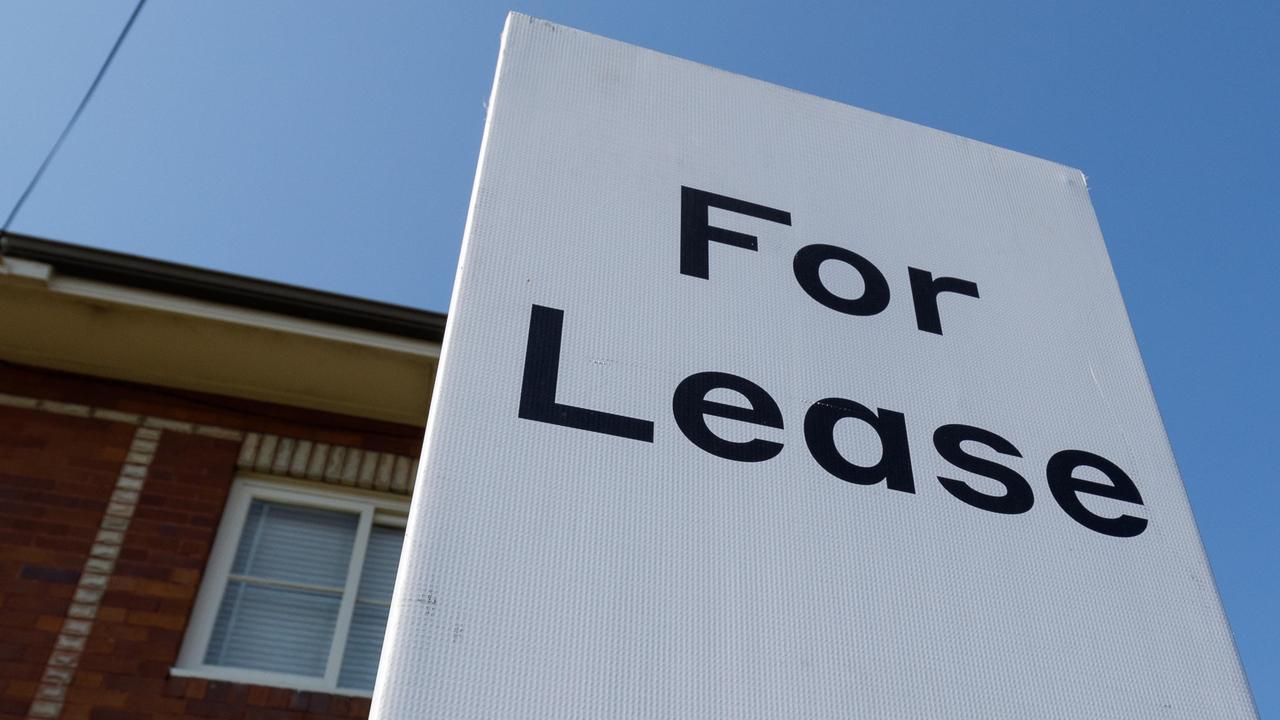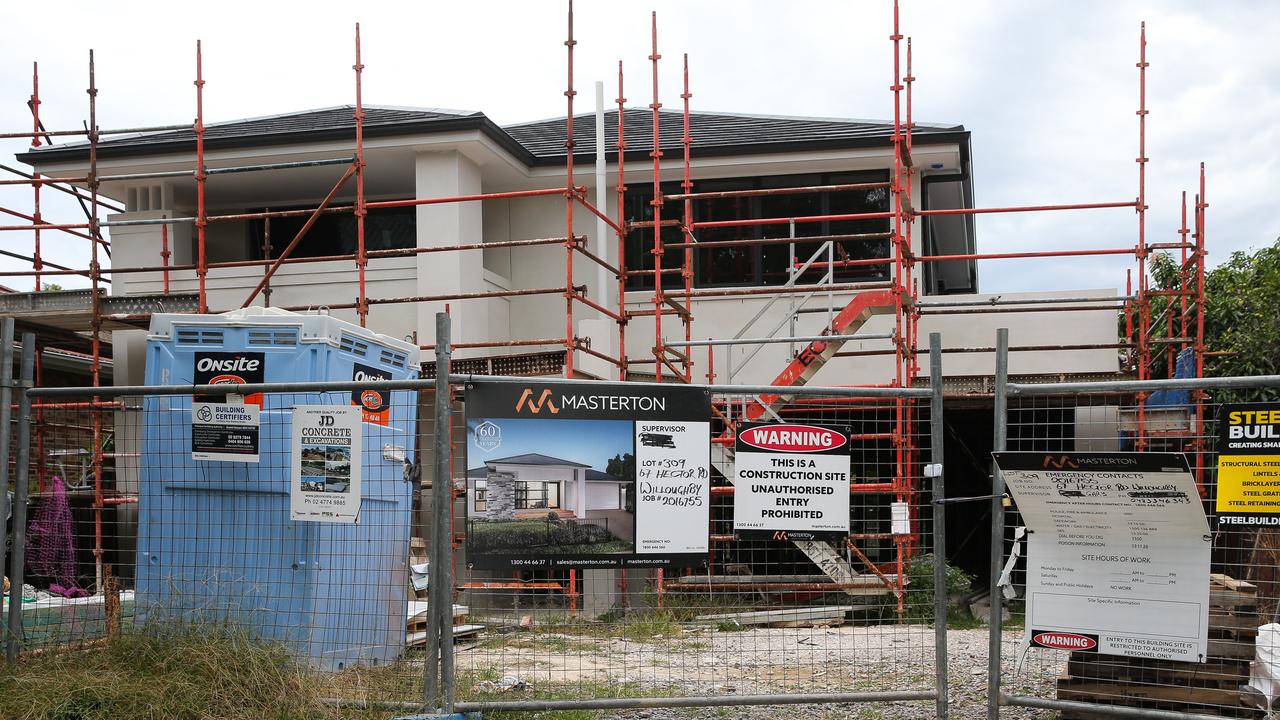Reserve Bank reveals grim reality of surging mortgage costs after rate hikes
The Reserve Bank has revealed a grim statistic showing the pain Aussie households are facing in paying their mortgages, after a punishing 12 rate hikes.
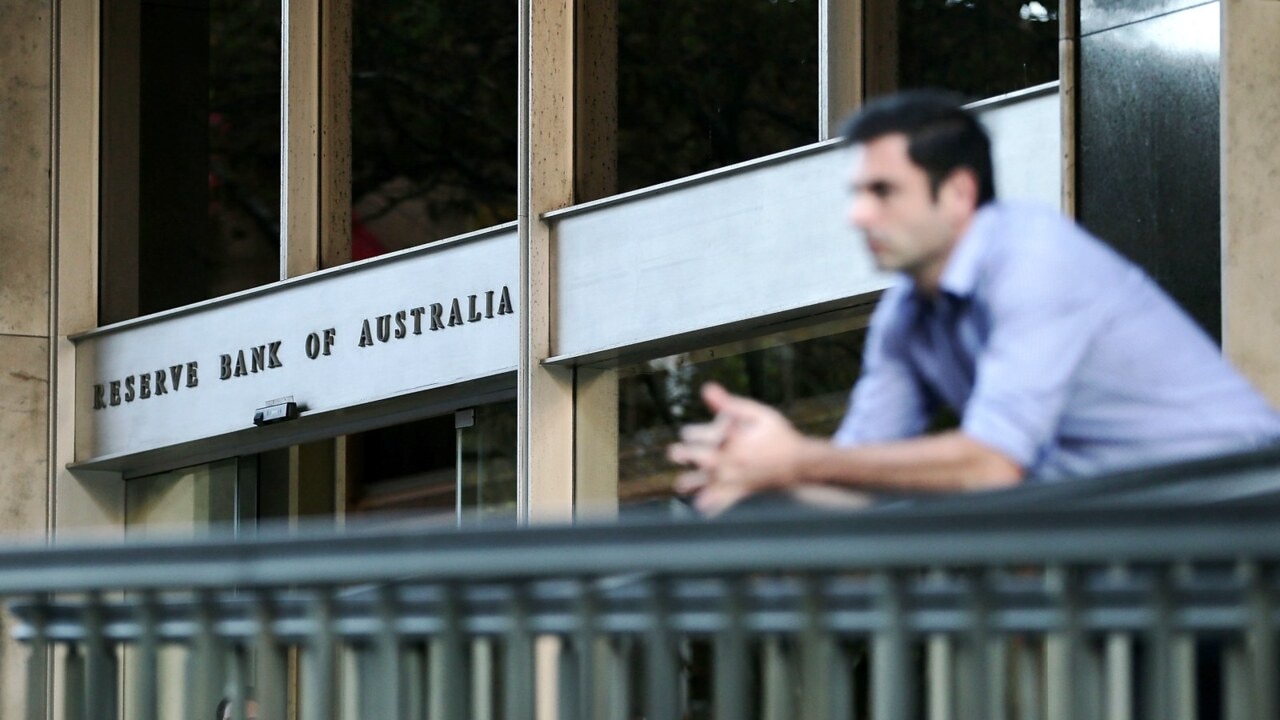
Interest Rates
Don't miss out on the headlines from Interest Rates. Followed categories will be added to My News.
Households are spending a greater share of their income on mortgage repayments than ever before and borrowers can expect this figure to climb even higher, the Reserve Bank has warned.
Speaking at a business conference in Sydney on Wednesday, RBA assistant governor Chris Kent, who heads the bank’s financial markets division, said on average almost 10 per cent of household disposable income was now being spent on mortgage repayments, the highest proportion ever.
In May last year, before the RBA delivered its punishing round of 12 rate hikes to curb runaway inflation, an average of only 7 per cent of household income was devoted to repaying mortgages.
The central bank has lifted cash rate to 4.1 per cent, up from a record low of 0.1 per cent, while inflation, which peaked at 7.8 per cent in December, has now dropped to 5.2 per cent and expected to fall further.
It comes after the new analysis released by the International Monetary Fund (IMF) on Tuesday showed debt servicing ratios had soared across advanced economies.
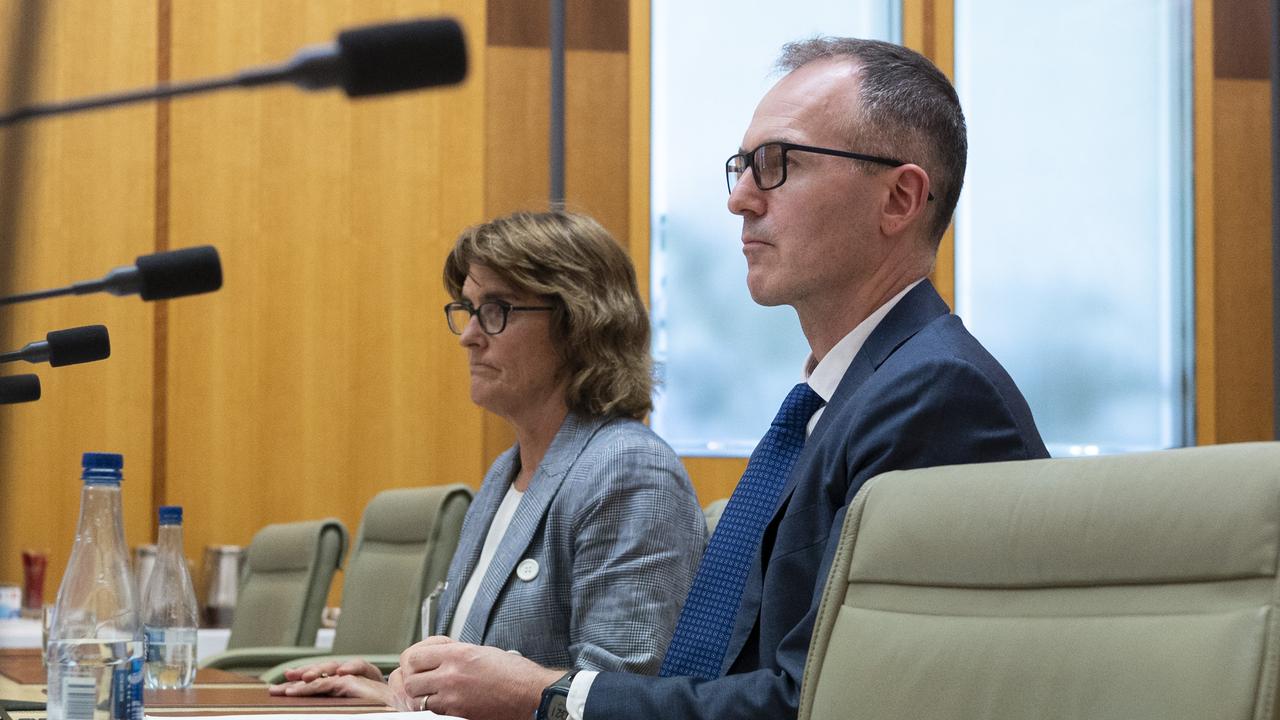
In Australia, where the majority of households have variable rate mortgages, the share of household income allocated to paying down debt had climbed to 15 per cent by the end of December 2022, the IMF said, which is higher than any other economy included in the IMF’s report.
As borrowers continue to transition off fixed-rate loans on to higher variable rate mortgages, the assistant governor warned the proportion paid to service debt would climb even higher.
“Required mortgage payments are at a record share of household disposable income and will rise further as more fixed-rate loans expire,” assistant governor Kent said.
“Around half of all loans that were fixed at a low rate have now rolled off, and most of the rest will do so over the next 12 months.”
The assistant governor said households were spending a greater proportion of their disposable income than in 2008, when the cash rate was 7.25 per cent and as a result, households were facing a double hit to their finances as their borrowing costs rose during a broader cost of living crunch.
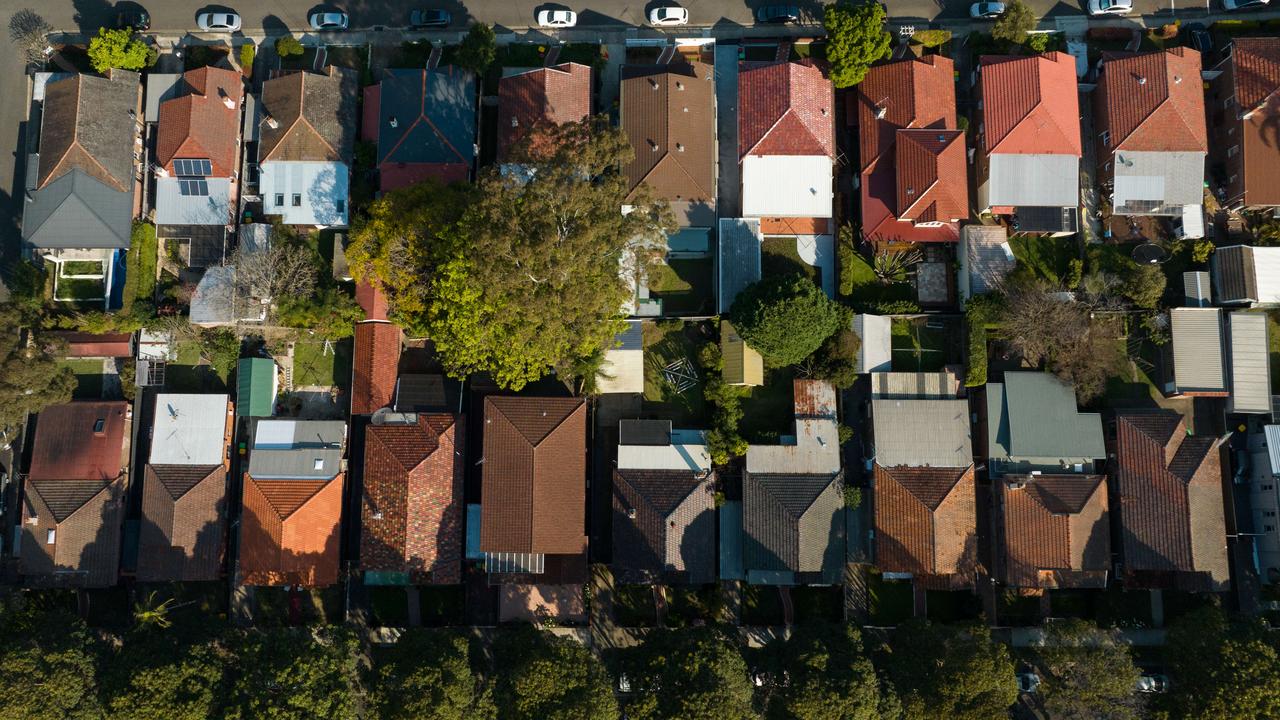
“Many borrowers have had to cut back on spending to meet higher mortgage payments, while also feeling the pain of rapidly rising living costs,” he said.
“For those households with a large mortgage, required payments are a much higher share of their income.”
Households with an average mortgage size of $585,000 are now paying $1,415 more every month than they were before the RBA started its current tightening cycle in May 2022.
A further rate hike of 25 basis points before year’s end would increase average monthly repayments by another $96.
Typically, changes to interest rates take about 12 to 18 months to flow through the economy to fully impact households and businesses.
Due to an increase in fixed-rate lending during the pandemic, some analysts believe the transition may be even slower through this tightening cycle.
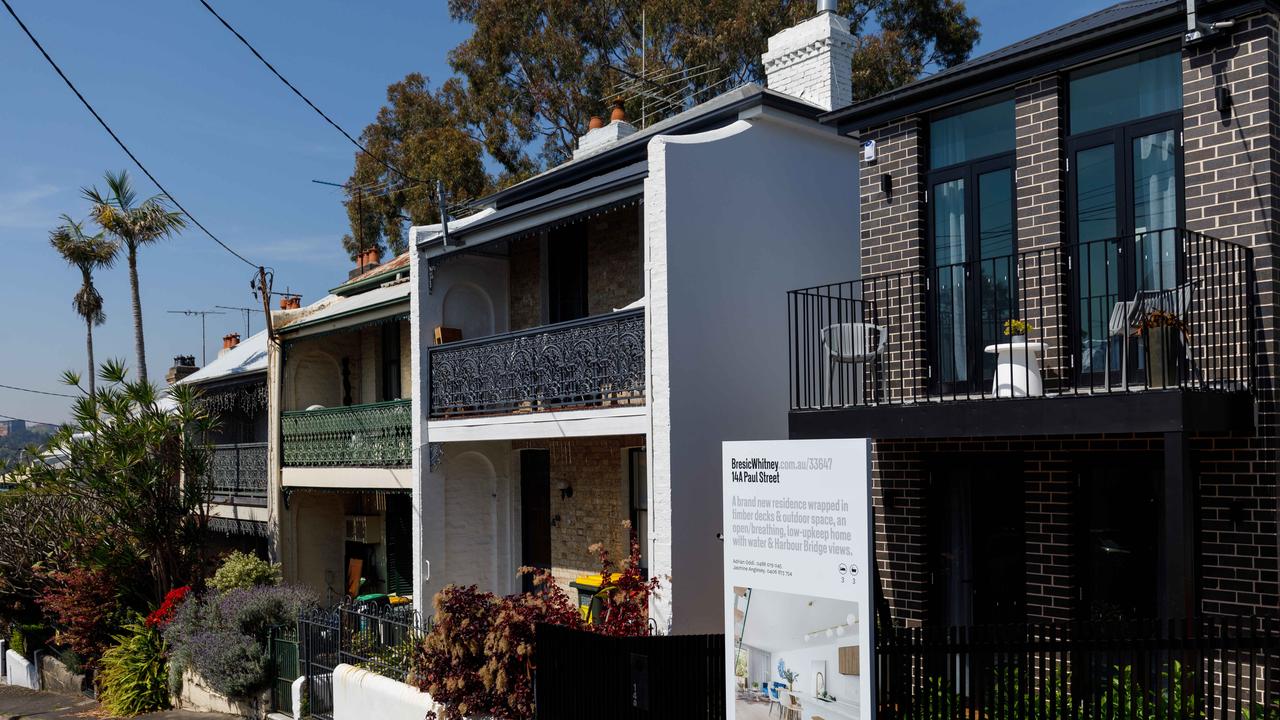
Research by Roy Morgan released in August showed the number of borrowers at risk of mortgage stress has now reached levels not seen since 2008, when the global financial crisis hit.
Kent, who has served as the assistant governor level at the RBA for more than a decade is a likely internal candidate for the central bank’s deputy governor position which was vacated when governor Michele Bullock took the top job in September.
The Treasurer’s office is also currently working alongside Ms Bullock to find her successor, as well as to fill the vacant roles of bank’s assistant governor in the economics division, formerly held by Luci Ellis, and chief operating officer, both of which are appointments made internally by the RBA.
Originally published as Reserve Bank reveals grim reality of surging mortgage costs after rate hikes

